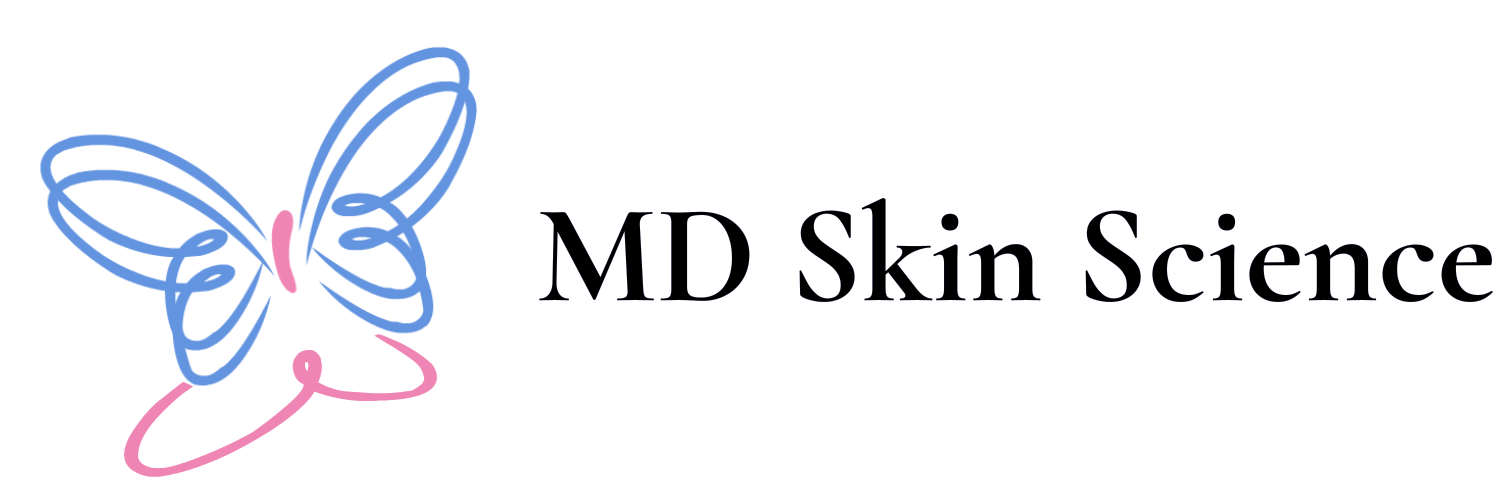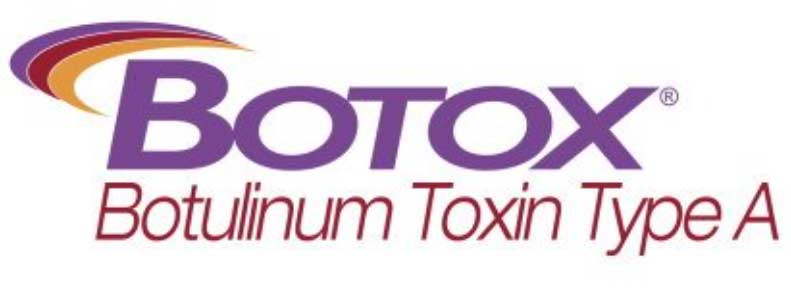Dr. Clark has learned that the pattern and dosing of injections of neuromodulators, as well as the choice of which botulinum neuromodulator to use, is unique to every individual. She designs the best treatment regimen for your particular goals, facial characteristics, and personality, to maximize your happiness with the results. She uses a specific dilution and injection protocol derived from the science of the diffusion of the different forms of BTX-A, that is more costly for the practice (not the patient!) but prevents unwanted effects on adjacent muscles. In her hands, results have been natural, side effects have been negligible and patients always return for repeat treatments after the benefit wears off, which can take from four to 18 months.
Botulinum Toxin Cosmetic and three other botulinum medications with the identical ability to relax muscles, Jeuveau, Dysport and Xeomin, have been used to relax frown lines in the US since 1992. Botulinum Toxin was the first to be approved by the FDA in 1992 for the treatment of frown lines of the glabellar complex, those muscles that pull the brows together and down, creating in many men and women what we call “the elevens,” and most of us know of it for this purpose. Since then it has received FDA approval for the relaxation of those annoying furrows that cross your forehead and make you look more angry and older than you feel, as well as to smooth the lines you see at the corner of your eyes when you smile. Jeuveau is the latest to be approved, on February 1, 2019. In clinical use, it’s onset is earlier, and it appears be be more potent than any of the others. It is manufactured with a purification protocol that is more thorough, which has multiple advantages in clinical use.
Did you know that, like most medications, Botulinum Toxin, Jeaveau, Dysport and Xeomin have been used routinely for many other aesthetic applications, even when an FDA approval has not specifically been sought? All of the following aesthetic concerns respond to BTX-A:
— the “bunny lines” across the bridge of your nose, that form when you scrunch up your nose and that eventually will be permanently etched in
— dark circles due to an overactive infraorbital roll under the eye
— a “gummy smile” when your upper gums show as you smile. Just one or two units in the levator labii superioris alaeque nasi muscle, or LLSAN, will relax the pull of the muscle on the upper lip just enough to allow the upper lip to cover the gums, while still allowing the smile to look natural
— “the upside-down mouth,” with corners that droop when your mouth is at rest, due to an overactive depressor angulari oris (DAO) muscle relative to the LLSAN muscle that pulls the corner of your mouth up. Relaxing the DAO muscle with just 3 to 4 units of Botulinum Toxin will allow the LLSAN to work unopposed, elevating the corners of the mouth subtly and naturally so that you don’t look sadder than you feel
— a dimpled chin, especially when talking, which can be due to an overactive mentalis muscle or thinning of the skin and fat overlying this muscle so that its attachments to the skin show when you talk. It is easy to add 5 to 10 units of Botulinum Toxin to the chin muscle such that it relaxes and the dimpling goes away without interfering with the muscle movements of your chin
— a dropped tip of the nose, or “witch’s tip,” which can be subtly raised with just one unit in the depressor septi muscle at the base of the nose where it meets the upper lip
— overactive flaring of the nostrils, which can be eased with one unit of Botulinum Toxin in the muscles that pull the nostrils open
— upper lip roll, which is a curling of the upper lip when you smile
— upper lip lines
— a squared-off face due to overactive masseter muscles or parotid or submental gland hypertrophy
— overactive platysmal bands of the neck, and horizontal neck wrinkles
— enlarged pores
— fine surface wrinkling of the face and chest
— facial asymmetry due to Bell’s palsy, nerve injury or variants of normal skin features.
These treatments are all available at MD Skin Science.
Since 2002, Botulinum Toxin has also been FDA-approved for all kinds of therapeutic medical applications, including migraines, severe sweating, muscle stiffness, and just recently urinary incontinence. Botulinum toxin is used to treat a number of disorders characterized by overactive muscle movement, including post-stroke spasticity, post-spinal cord injury spasticity, spasms of the head and neck, eyelid, vagina, limbs, jaw, and vocal cords. Similarly, botulinum toxin is used to relax clenching of muscles, including those of the esophagus, jaw, lower urinary tract and bladder, or clenching of the anus which can exacerbate anal fissure. It may also be used for improper eye alignment. Botulinum toxin appears to be effective for refractory overactive bladder. Botulinum toxin is also used to treat disorders of hyperactive nerves including excessive sweating, neuropathic pain, and some allergy symptoms. In addition to these uses, botulinum toxin is being evaluated for use in treating chronic pain.
So, it is a medication that has been used for decades, whose mechanism of action we understand, that is safe and effective when administered by a trained board-certified dermatologist, and an advanced injector with decades of experience should know how to provide a treatment with refined and natural-looking results.
We look forward to meeting you very soon to discuss how Botulinum Toxin may be right for you!
Ready to book? Click here to schedule your appointment online >>

